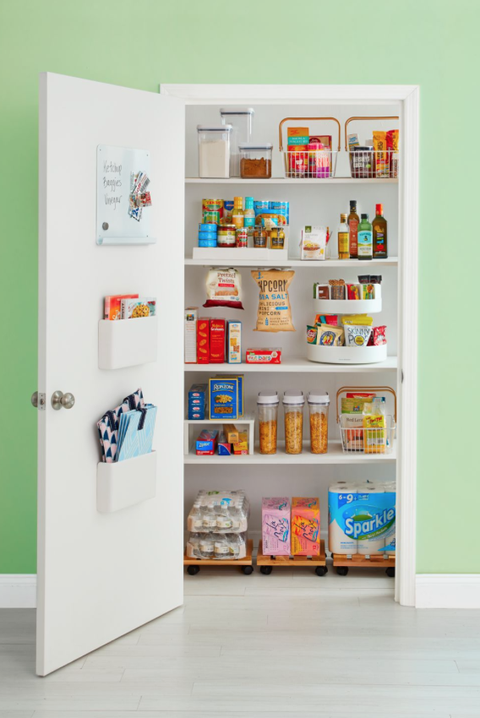Lifestyle expert Robyn Moreno shares her tips for getting rid of clutter once and for all.
De-cluttering isn’t just about getting rid of unwanted items and clutter, it’s also about rediscovering forgotten gems and creating a space you love. So let’s throw out the old and bring in the new.
- Start small. Often, the very idea of organizing is so overwhelming that you either do nothing, or you do it all at once and find yourself in chaos. Instead, pick a room or a place (the garage? under the sink?) and set a time limit.
- Keep only the things you really like. Not only is this a good way to filter out unnecessary items, but it will also prevent you from acquiring other pieces that seemed like a good idea at the time. Adopt a recycling rule: for every one thing you buy and bring home, you’ll have to get rid of something to make room. I guarantee it will make you think twice about that dress, side table or “fixer-upper” chair you bought on sale. It’s also hard to separate the junk from the meaningful, like the ugly mask Mom brought back from her trip to Peru. Remember that the object should mean something to you, not to someone else, especially if it’s something that takes up space.
- Be realistic with your space. If you have a small house or apartment, is it really practical to have six lamps, several stacks of books and a beat-up old desk that you brought in from the street to renovate? Let’s face it: If you haven’t used it by now, you probably won’t, so throw that waste of space out the door.
- Make sure your stuff serves a purpose. Take a look around your room right now. I bet there are five things in sight that are totally useless. The magazine rack with nothing but magazines in it? Throw it out. That lamp with no shade that you were going to brilliantly redesign yourself? Throw it out. It can be hard, since they’re pieces of your life, but it’s better to keep the memories and get rid of the unnecessary. Take a photo or write in a journal, then say goodbye.
5- Repair, store or replace. Once you’ve sorted out what to keep and what to throw away, you’ll probably come across items that need a little touching up to look like new, that need to be kept (summer clothes and bedding) or that are too valuable to donate to charity (expensive clothing and household items).
6- When it comes to your wardrobe, don’t overlook easy repairs. Replacing buttons or repairing and altering hems can give new life to old clothes. For example, a long summer dress can be cut, paired with tights and a blazer, and become a stylish winter mini-dress again. And a tired old coat can be elegantly revived with a few shiny or pretty buttons. On the other hand, anything that is badly stained or needs major alterations, such as a new lining, may not be worth it.
7- Before storing clothes, clean and repair them. Always use airtight containers to keep out moisture and moths, and if you’re storing bins in the basement, put them on a shelf to avoid flood damage. And label them clearly: who wants to dig through the pile to find a bathing suit for a tropical winter vacation?
8- Try swapping clothes. Invite friends over and ask them to bring only what they like. Take turns taking one item each until there’s nothing left. This is a fun way to expand your wardrobe without spending a dime. That’s what I call recycling with style.










